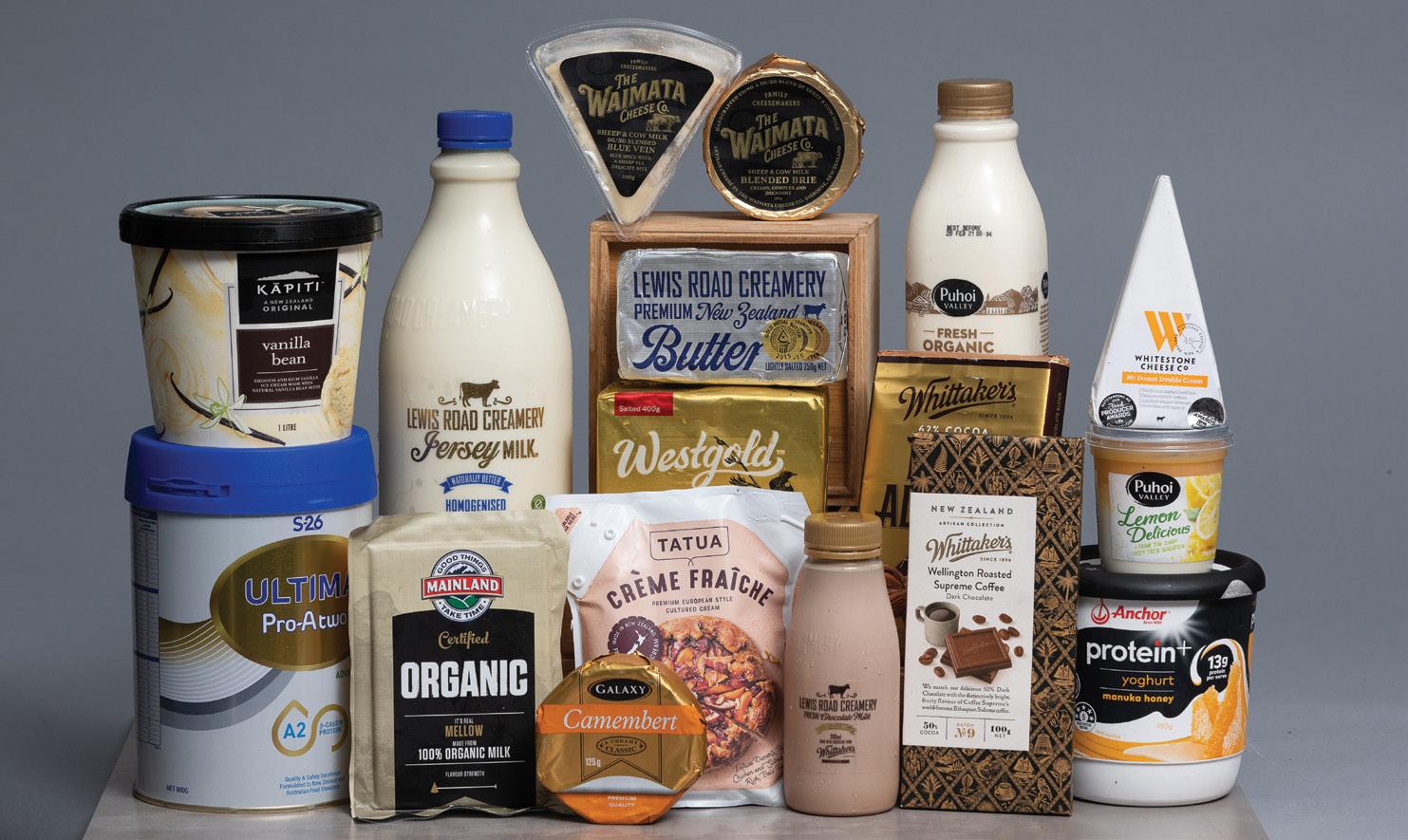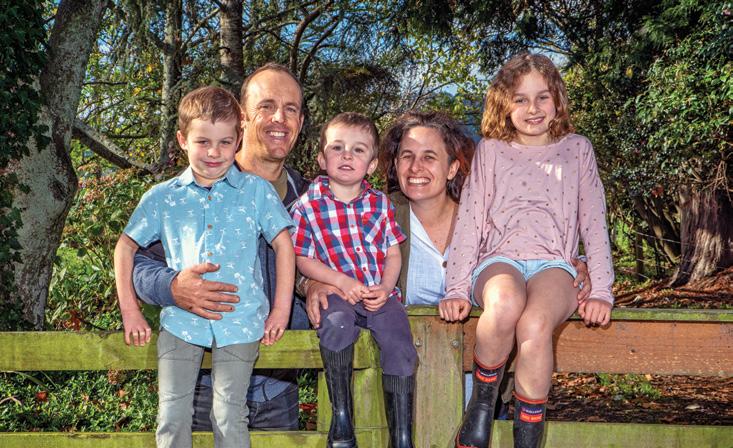Special report | environment
farming approach Fonterra’s holistic sheep
The dairy co-operative giant is one of the larger sheep farmers in Southland. Karen Trebilcock paid their Edendale site a visit.
D
airy co-operative Fonterra is one of the larger sheep farmers in Southland. It’s a fact that amuses farmers at open days but it’s good for the company and good for the environment. Fonterra owns 1100ha all within 5kms of its Edendale plant, used to irrigate wastewater from the factory under a variety of consents issued by Environment Southland up to 2032. From late October until the end of March, grass is cut on the farms and supplied to about 25 Fonterra farmers nearby as either silage or balage. After that about 12,000 store lambs arrive, on grazing contracts from Alliance Group, and as they come up to weight and leave by the end of May they’re replaced with between 5000 and 6000 hoggets from local sheep farmers which are grazed through the winter. The sheep are not put behind wires,
54
instead given whole paddocks and their light tread on the soils is what is needed to keep the grass under check until conditions allow tractors back on in late spring. “Southland soils can at times be quite wet,” Fonterra’s South Island regional farm operations manager Steve Veix said. “So we have to be careful to avoid soil compaction and damage to pastures to minimise leaching.” But the farms also have some of the best soils in the country for growing grass. Usually about 12 million tonnes of dry matter each year goes off as grass – 1 million tonnes as balage and the rest straight into nearby dairy farms’ silage pits. That’s 11t DM/ha/year plus fat lambs and hoggets grown using wastewater. Local contractors do the harvesting work and there is a waiting list of farmers wanting cut and carry grass. Described as “ghost farms” because of
their lack of stock in a February 2021 RNZ article, later published on the Stuff online news site, Steve said these farms are far from it. “They’re working farms and they’re farmed holistically. “In fact it’s a symbiotic relationship. The grass we grow goes to the cows which make the milk which goes to the factory where the water goes back to grow the grass.” It’s a story repeated throughout the country at a number of the Fonterra nutrient management farms and Edendale is a strong performer. “We’re producing some of the larger volumes per hectare of grass here across the Fonterra-owned farms.”
In the public eye All of it is in the public eye. The recently completed diversion of State Highway One around the township of Edendale cuts through one of the farms and others border the state highway and nearby main roads.
Dairy Exporter | www.nzfarmlife.co.nz | May 2021


























